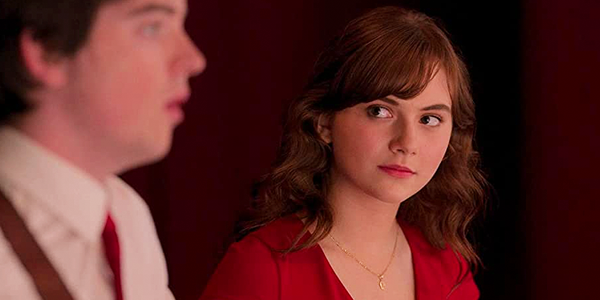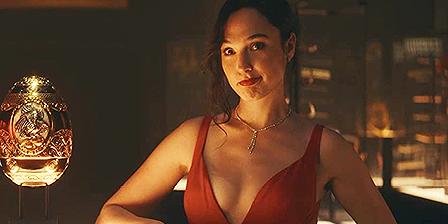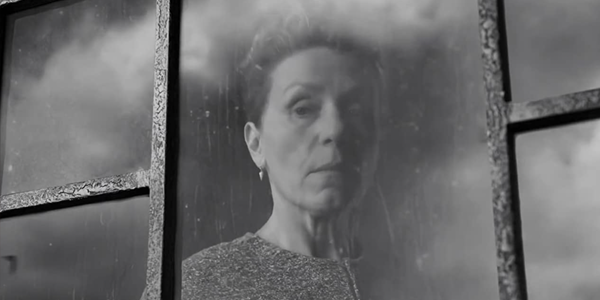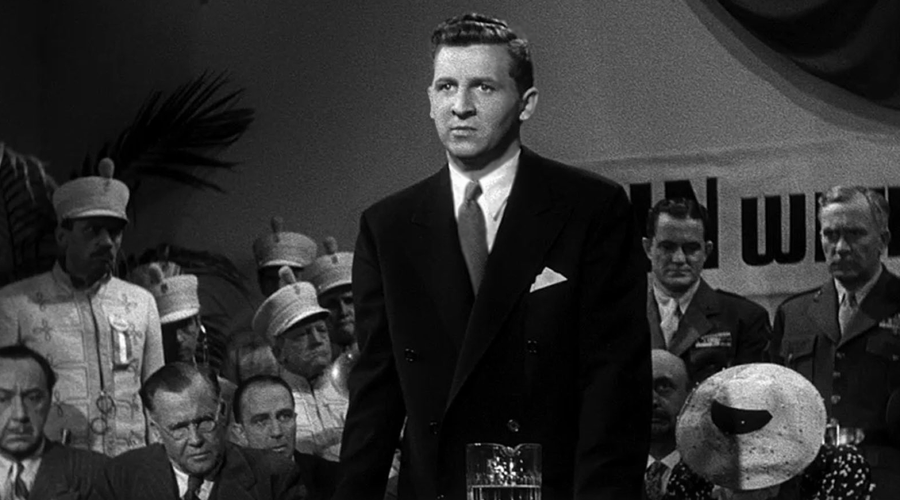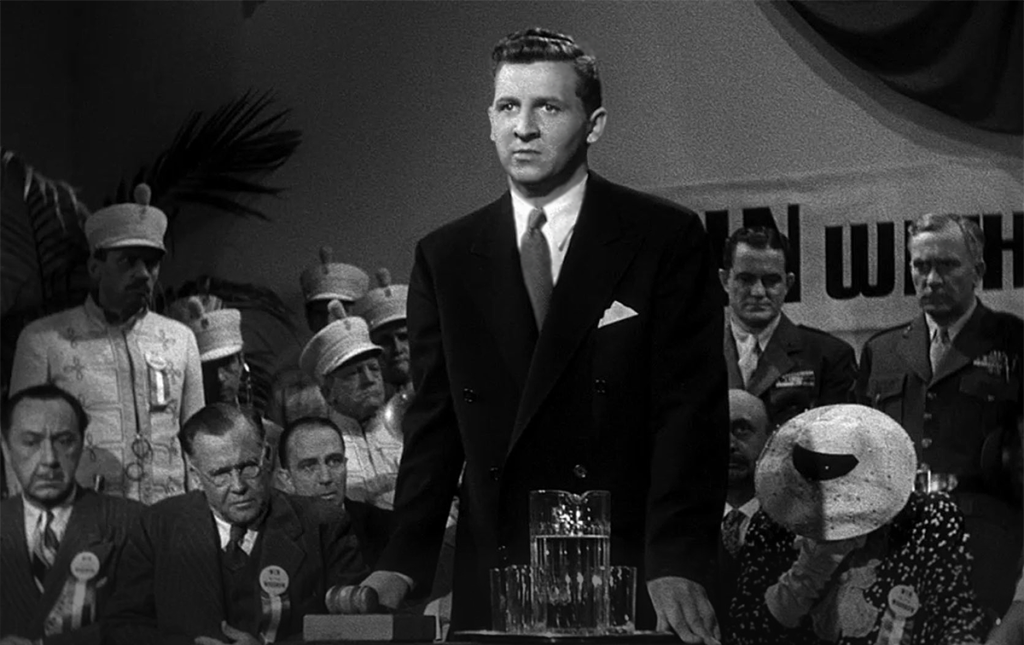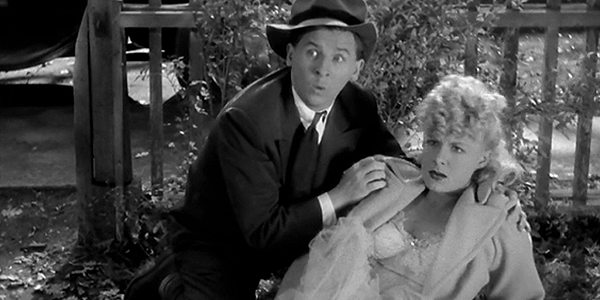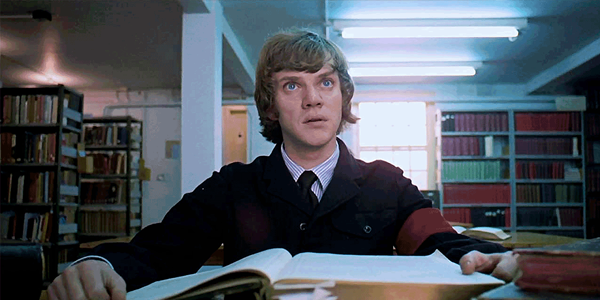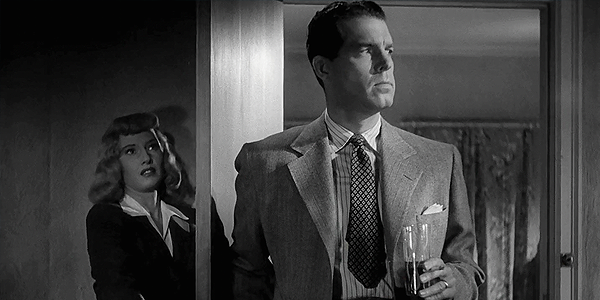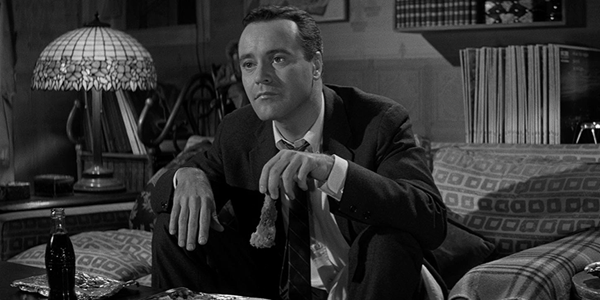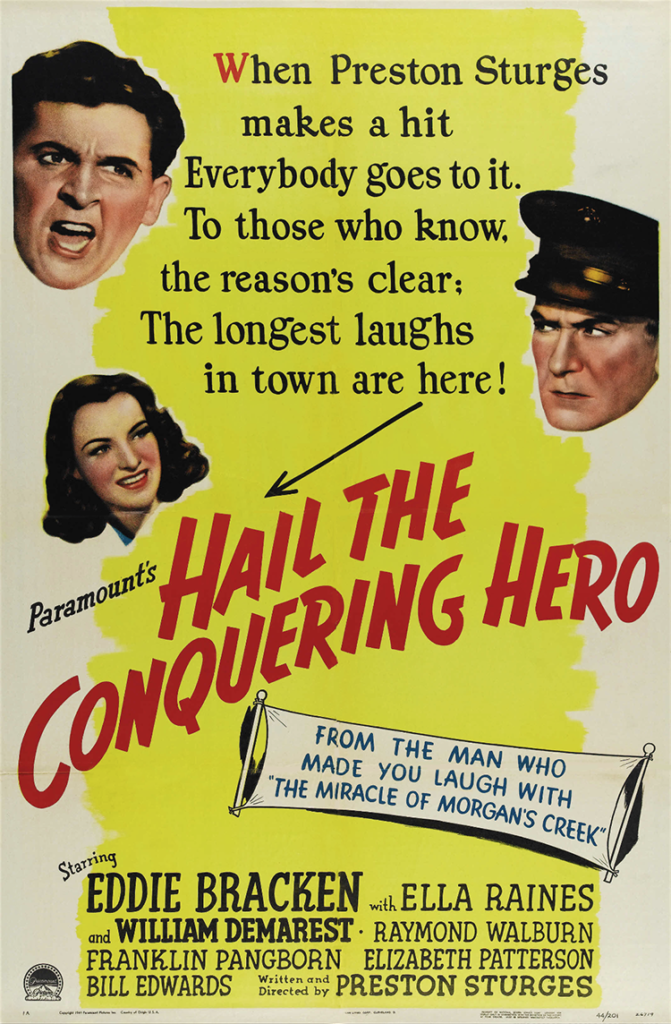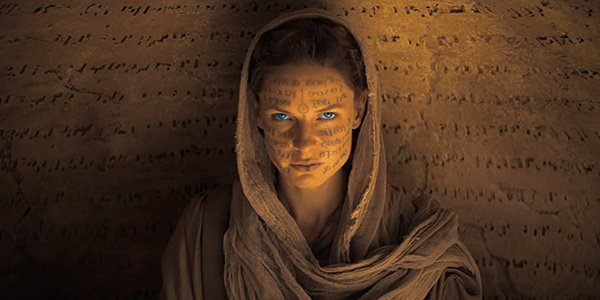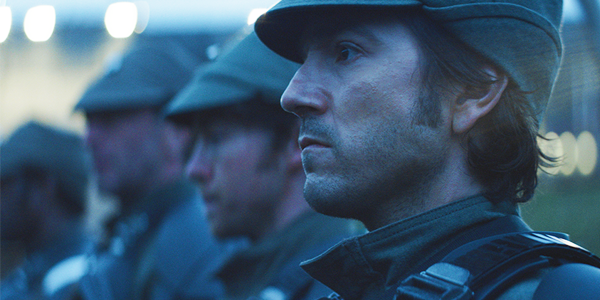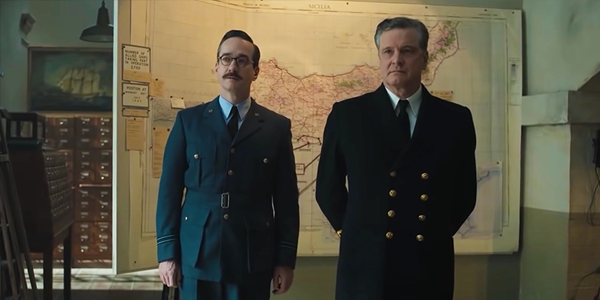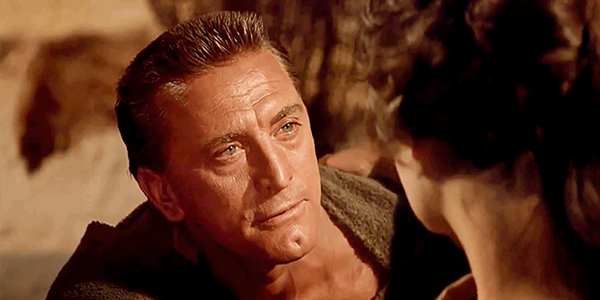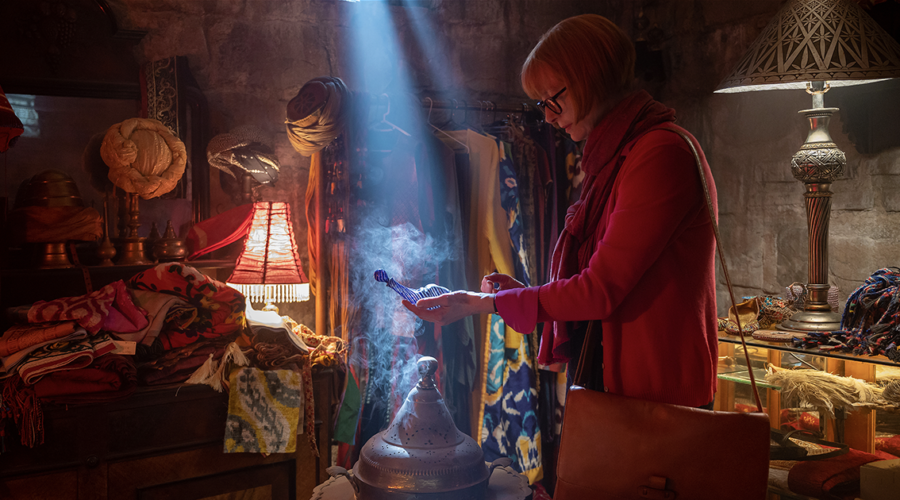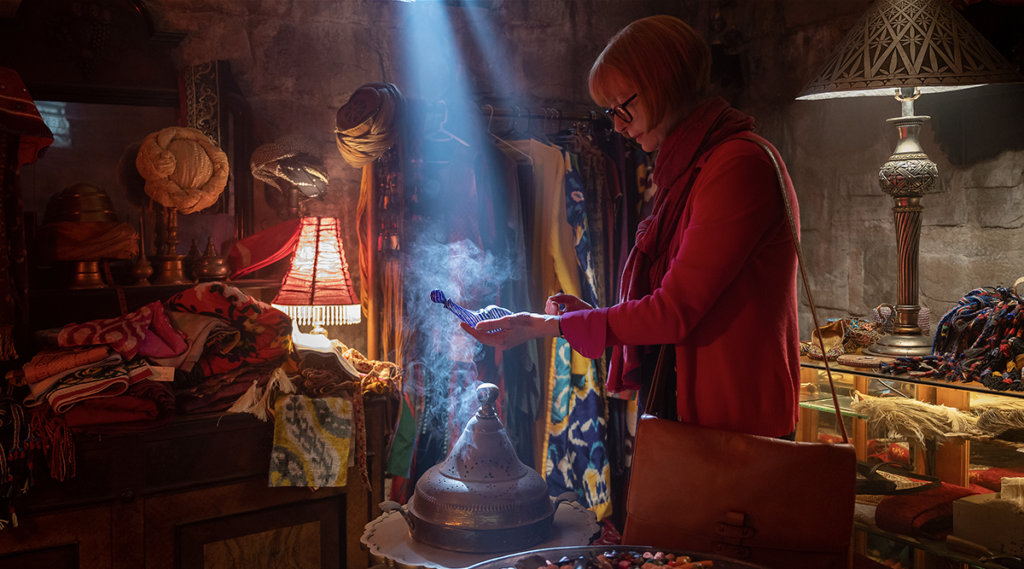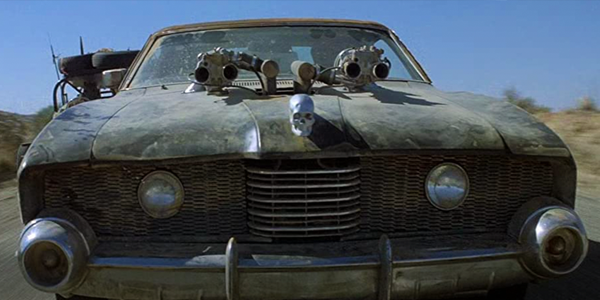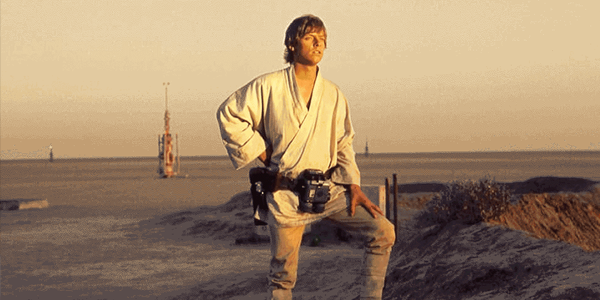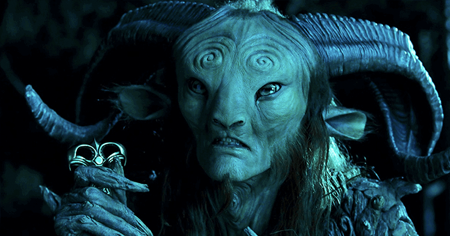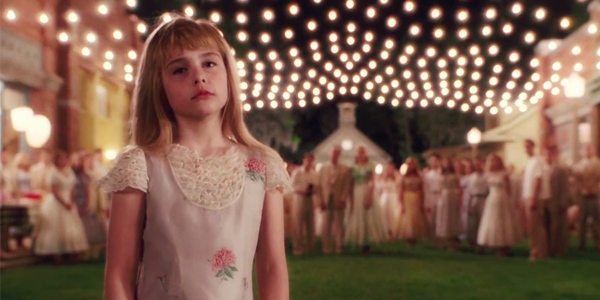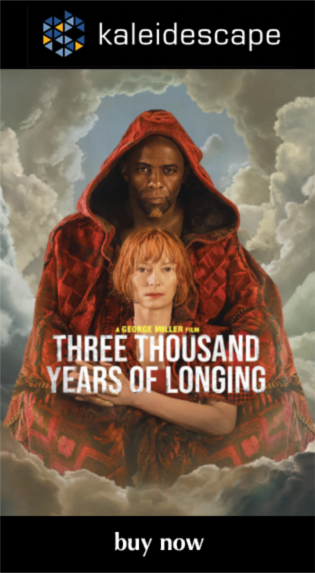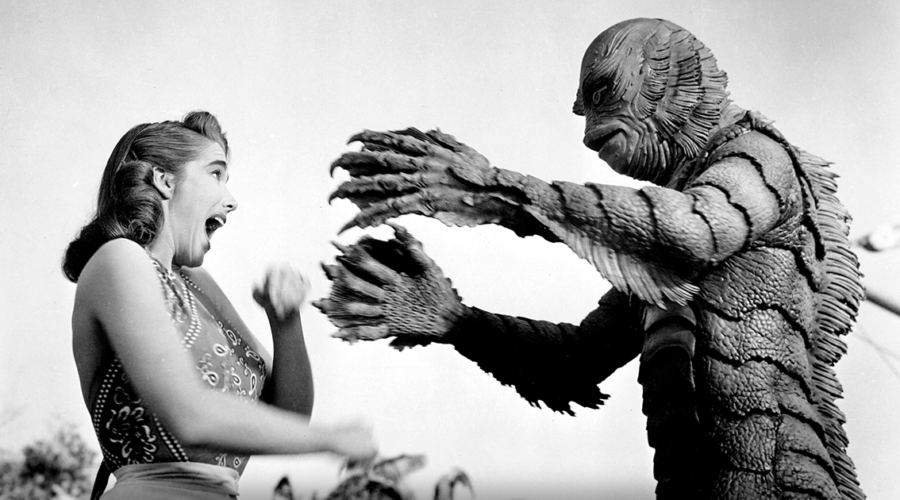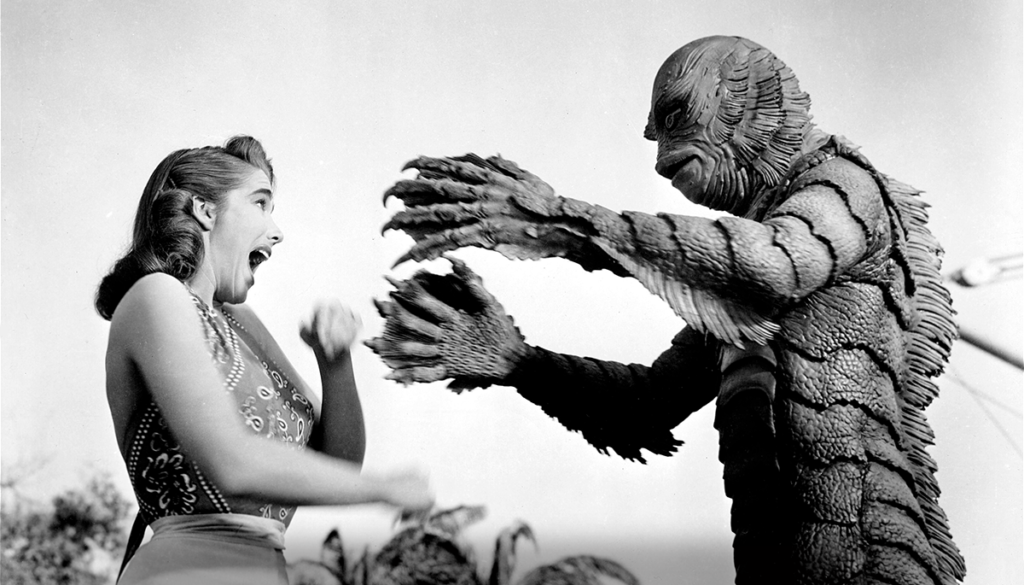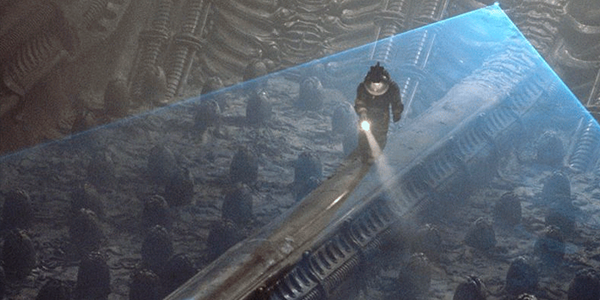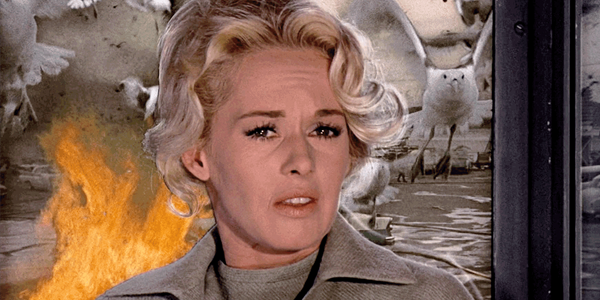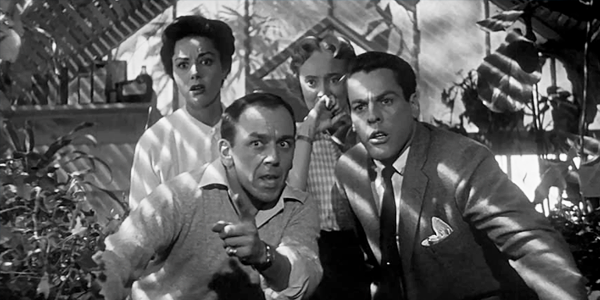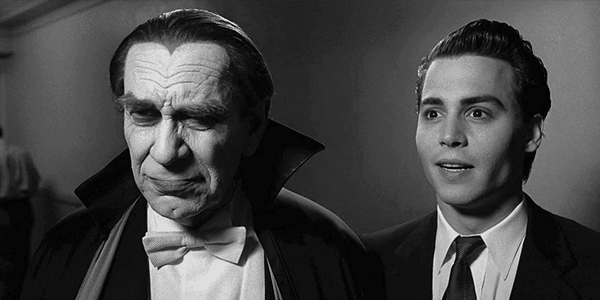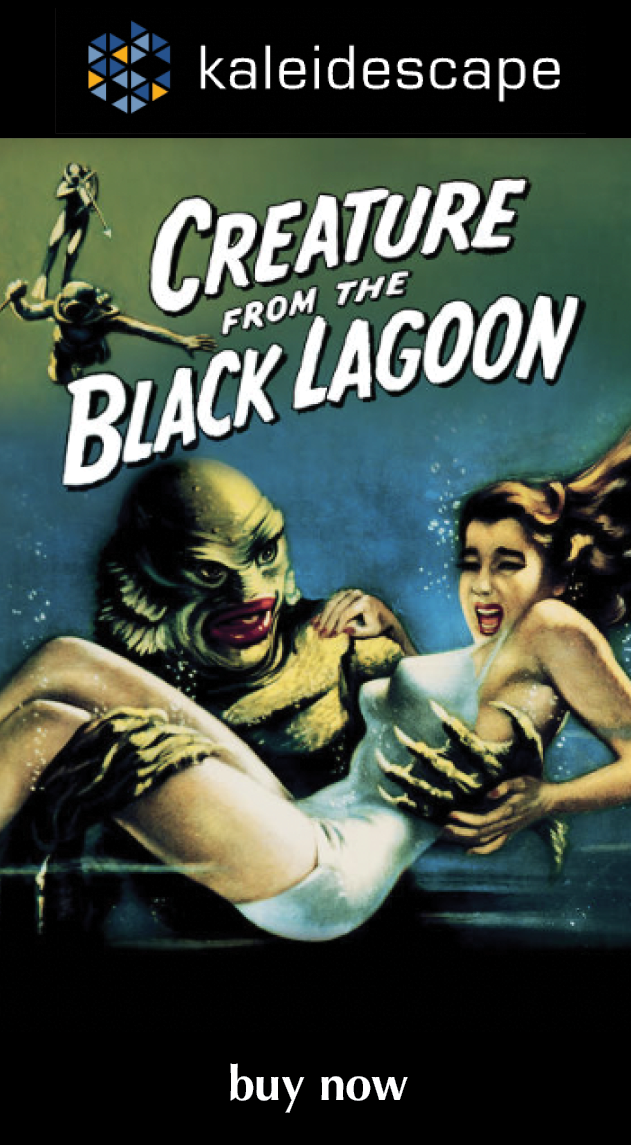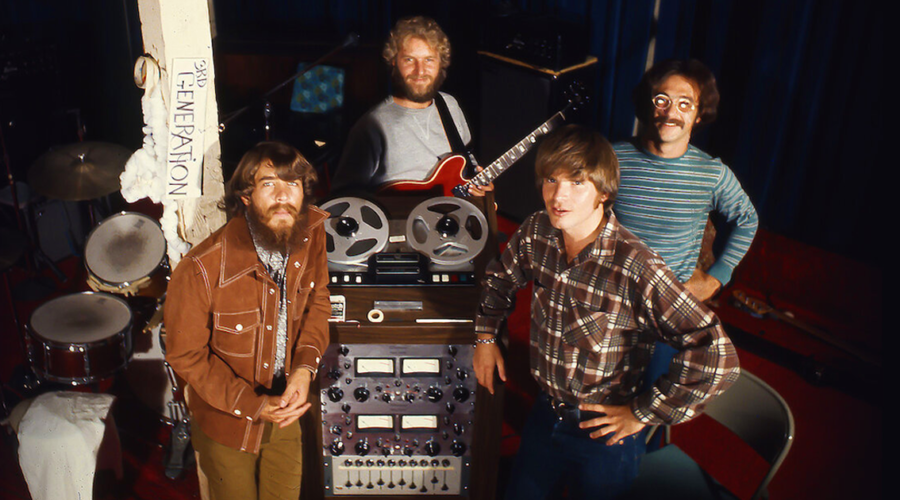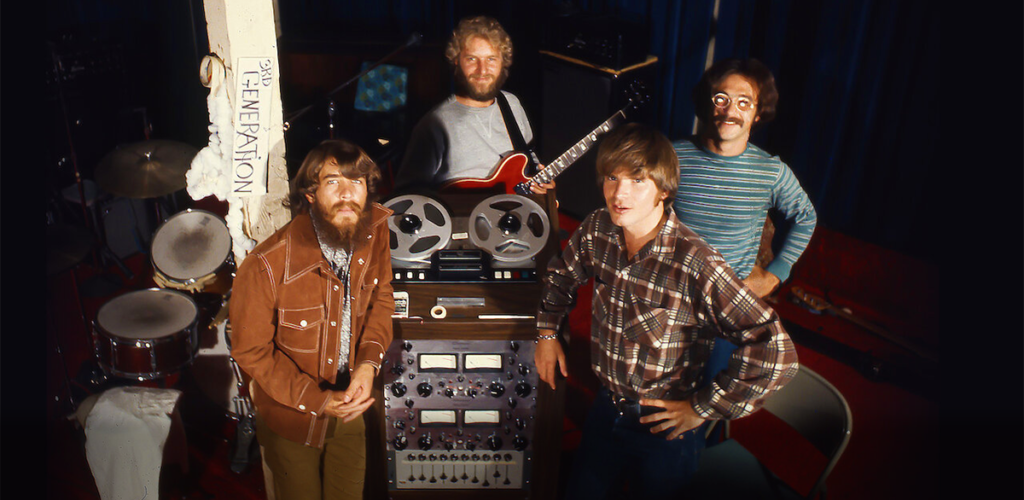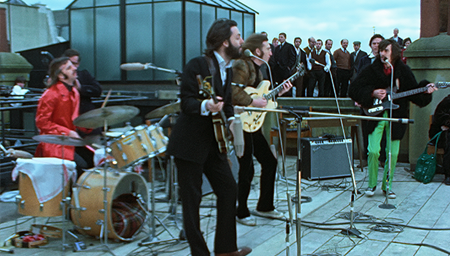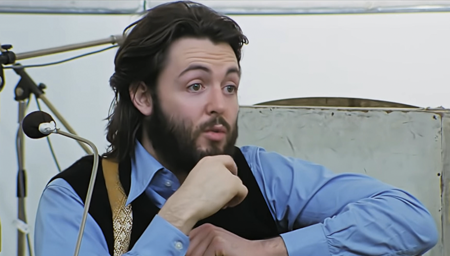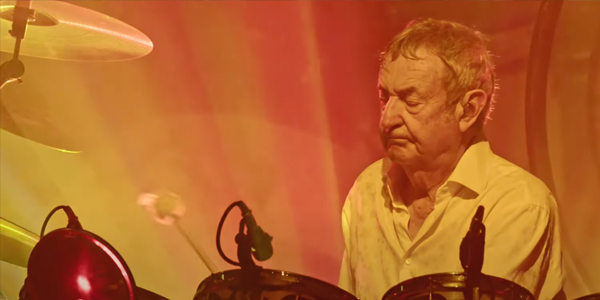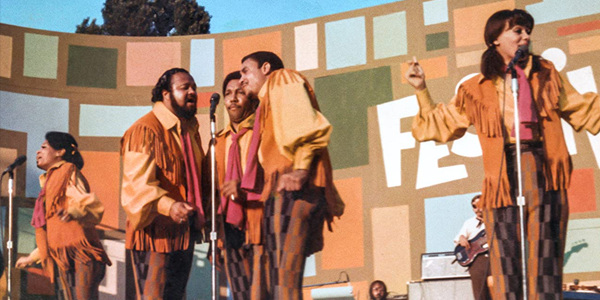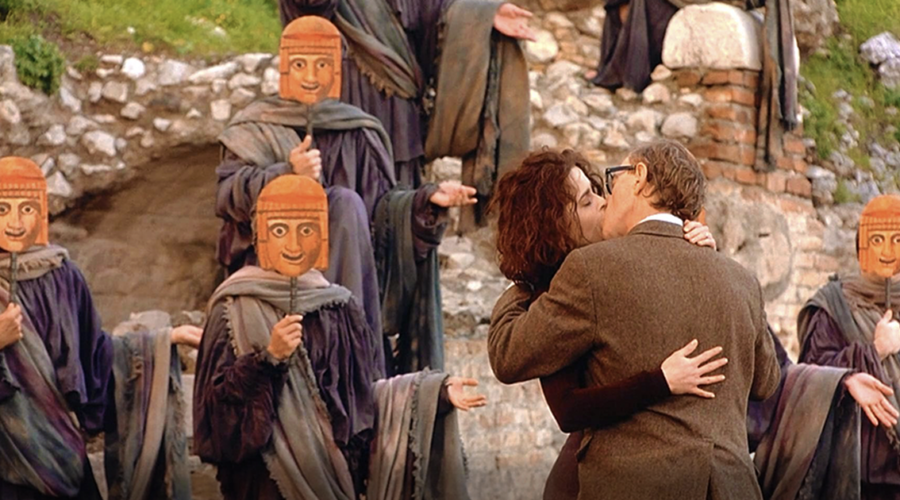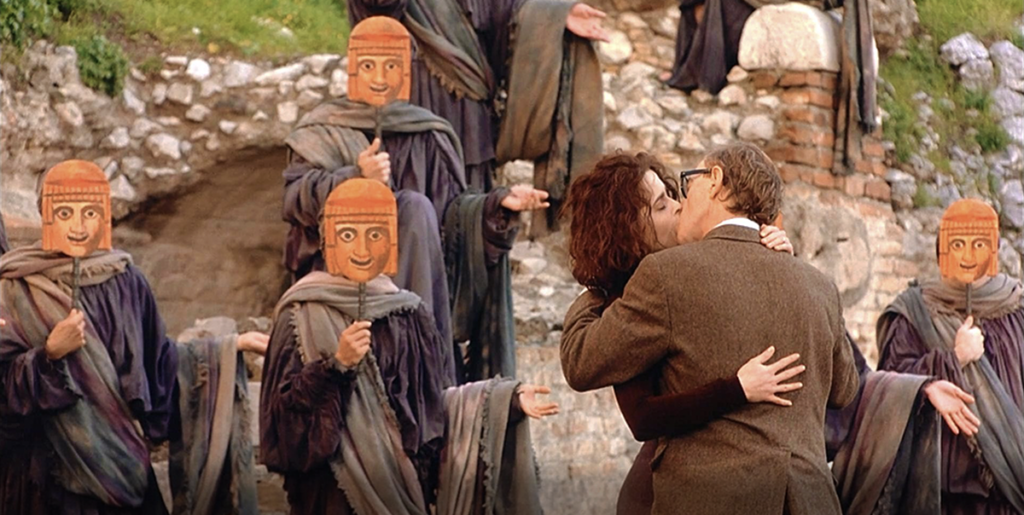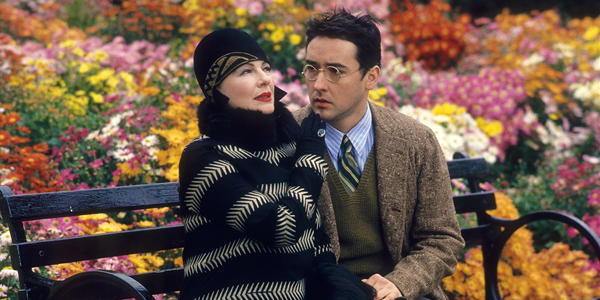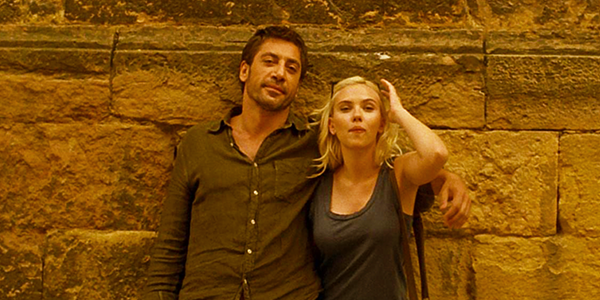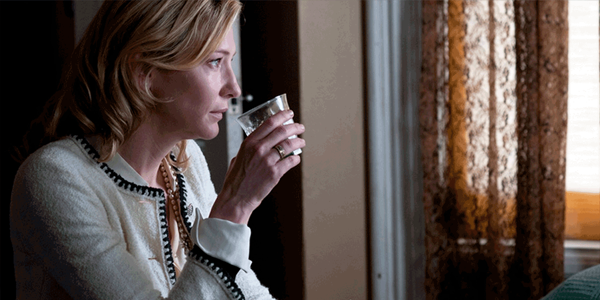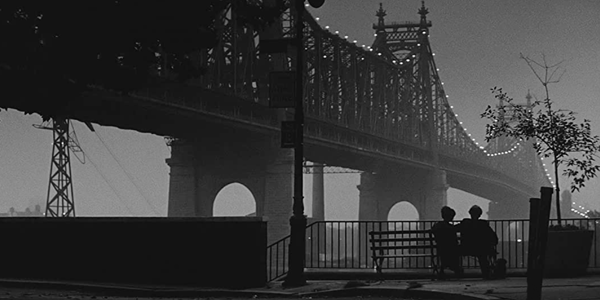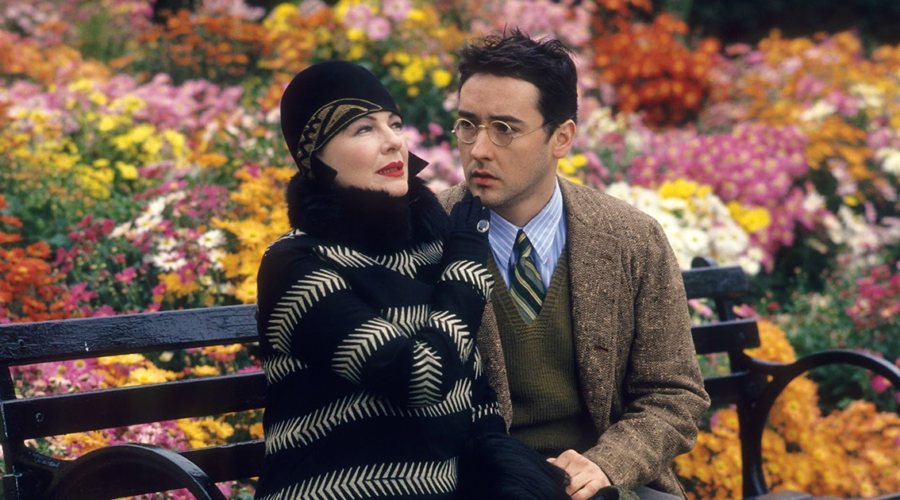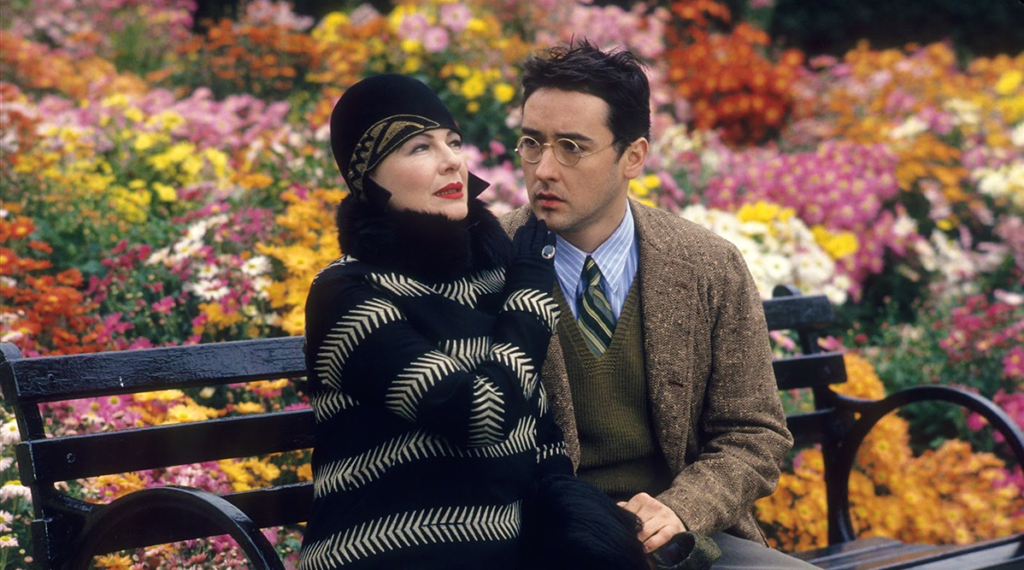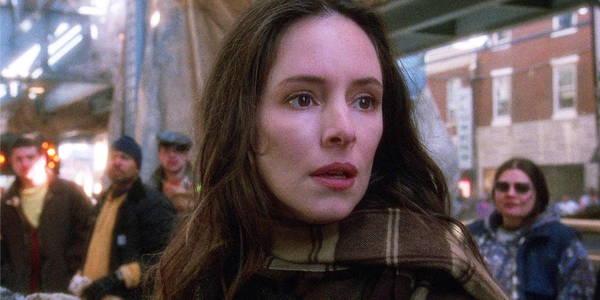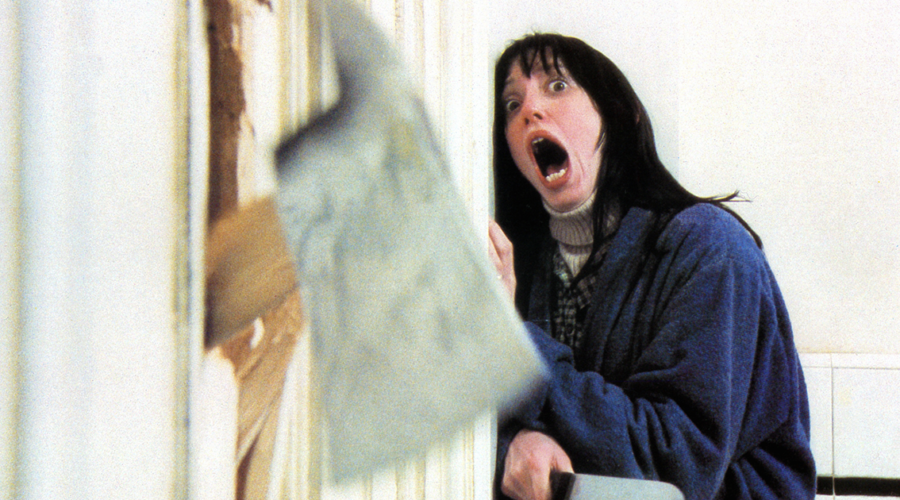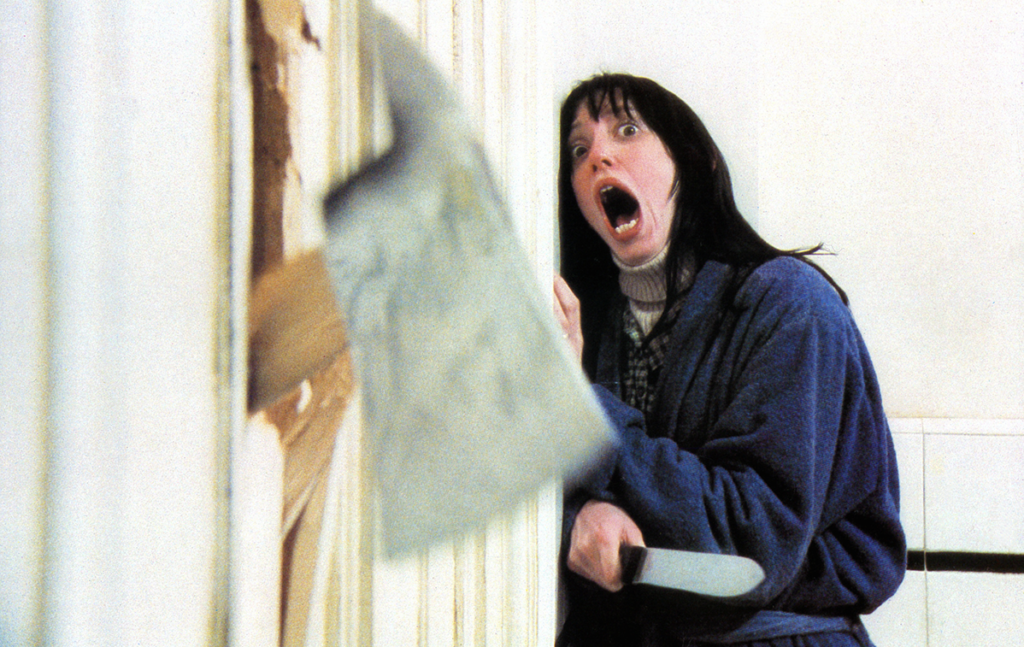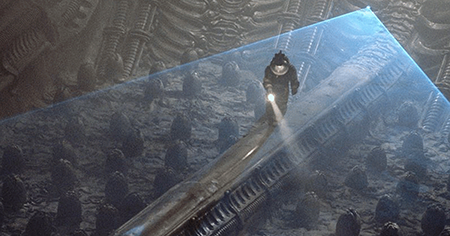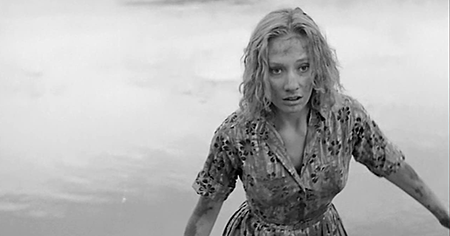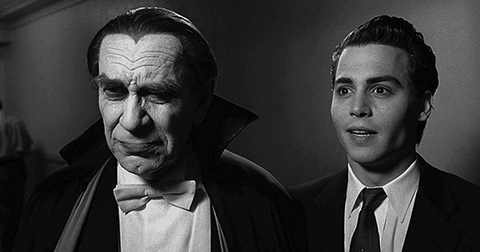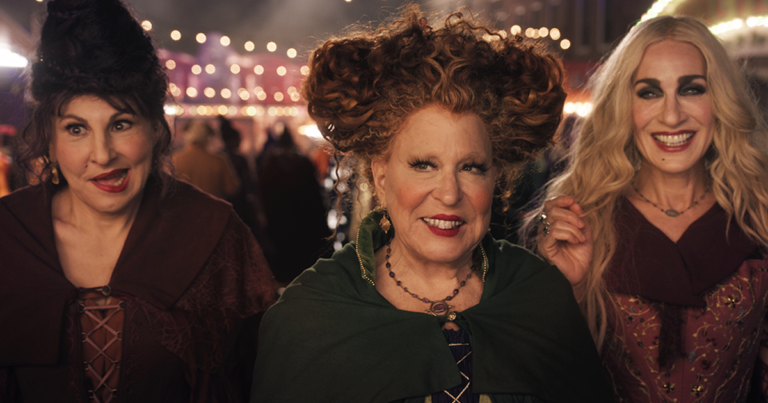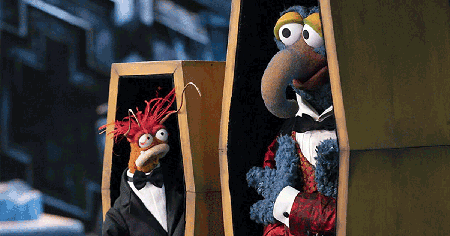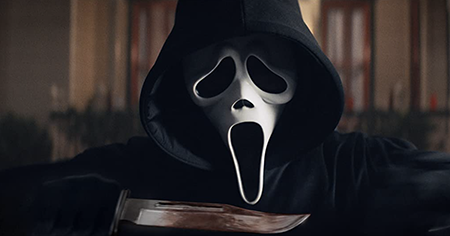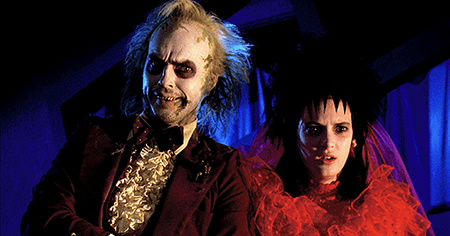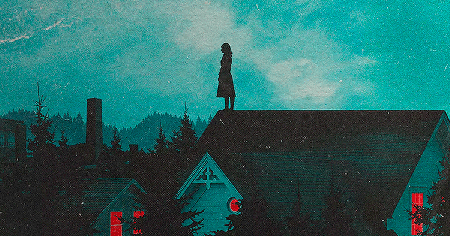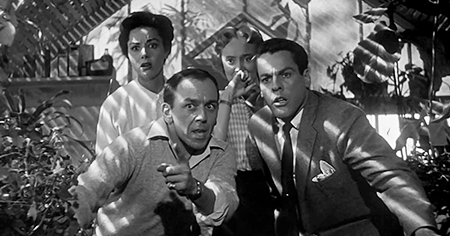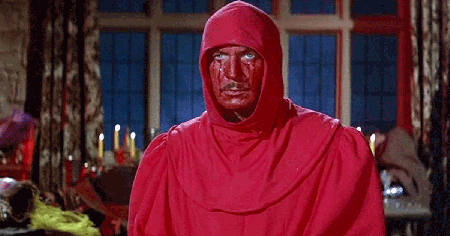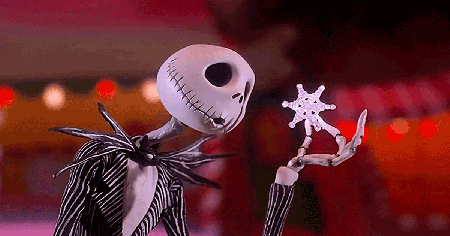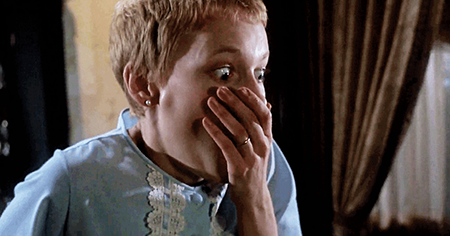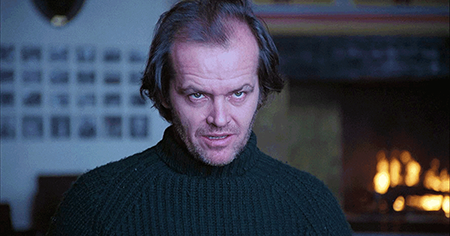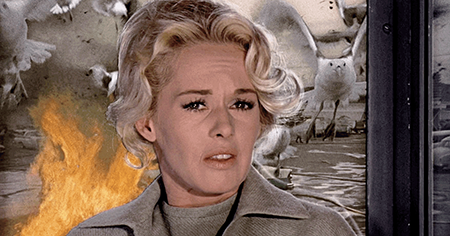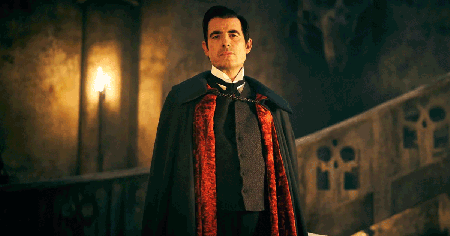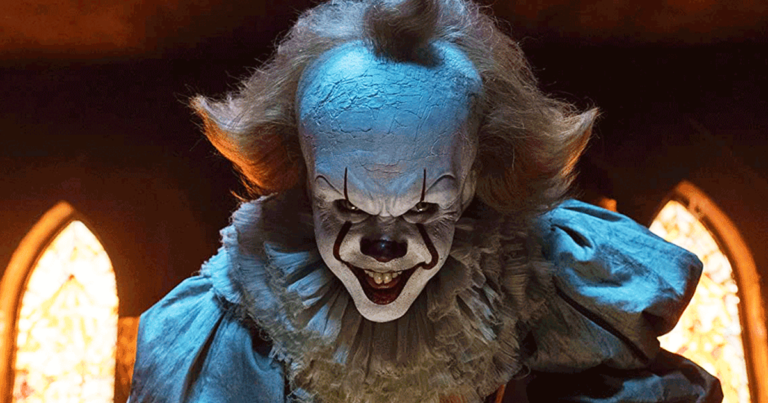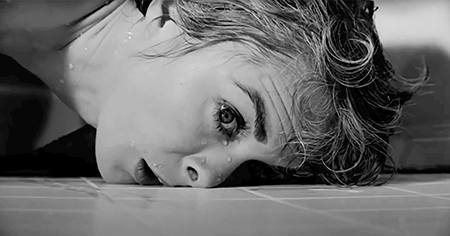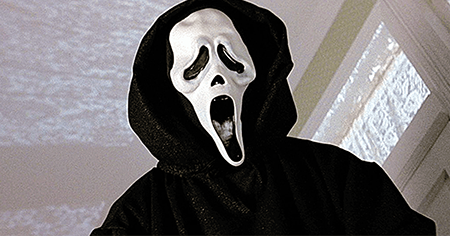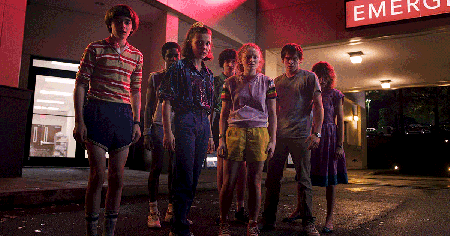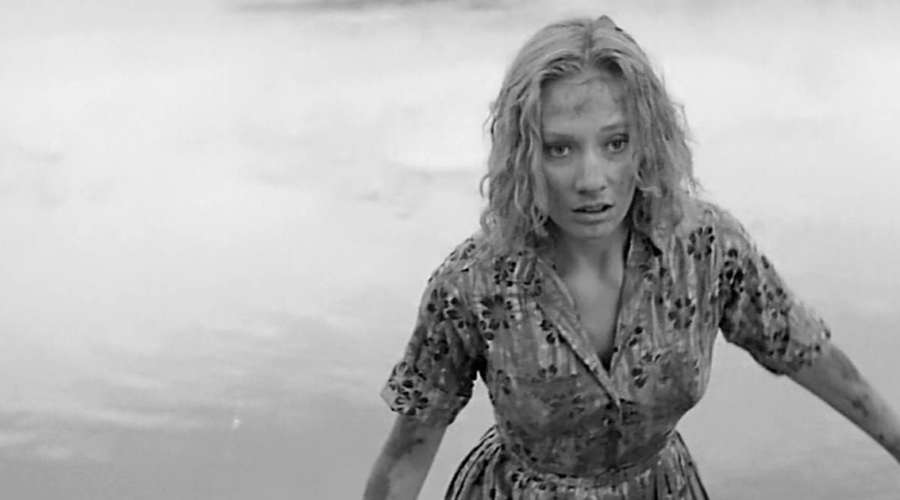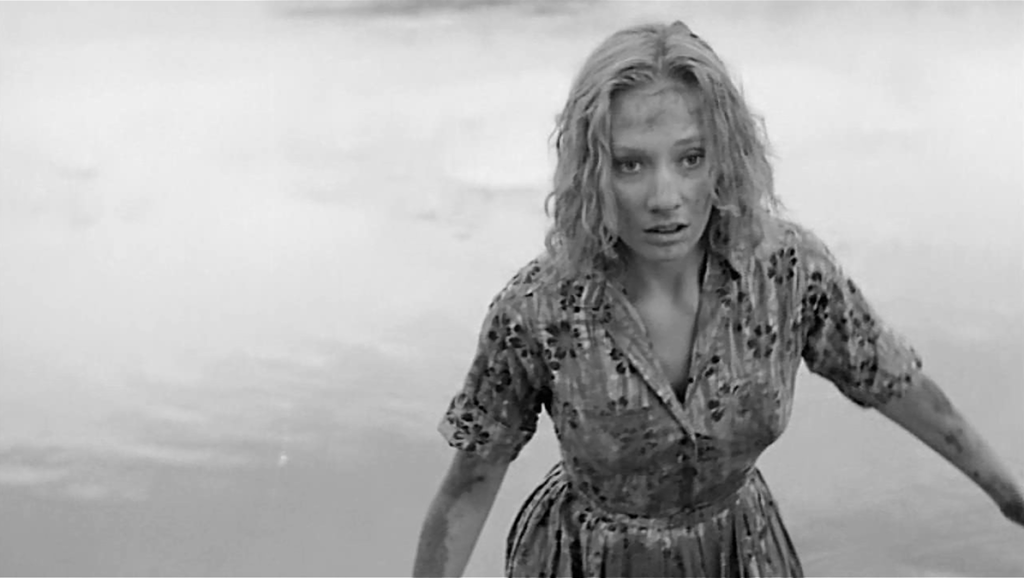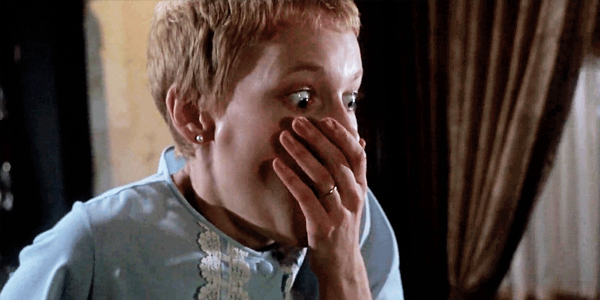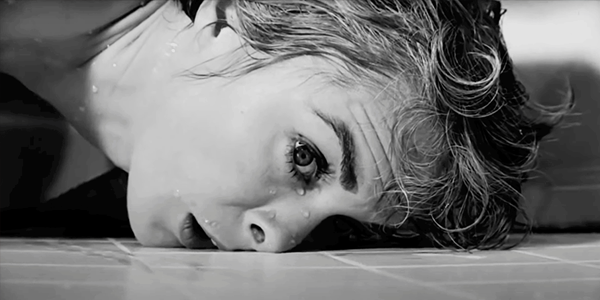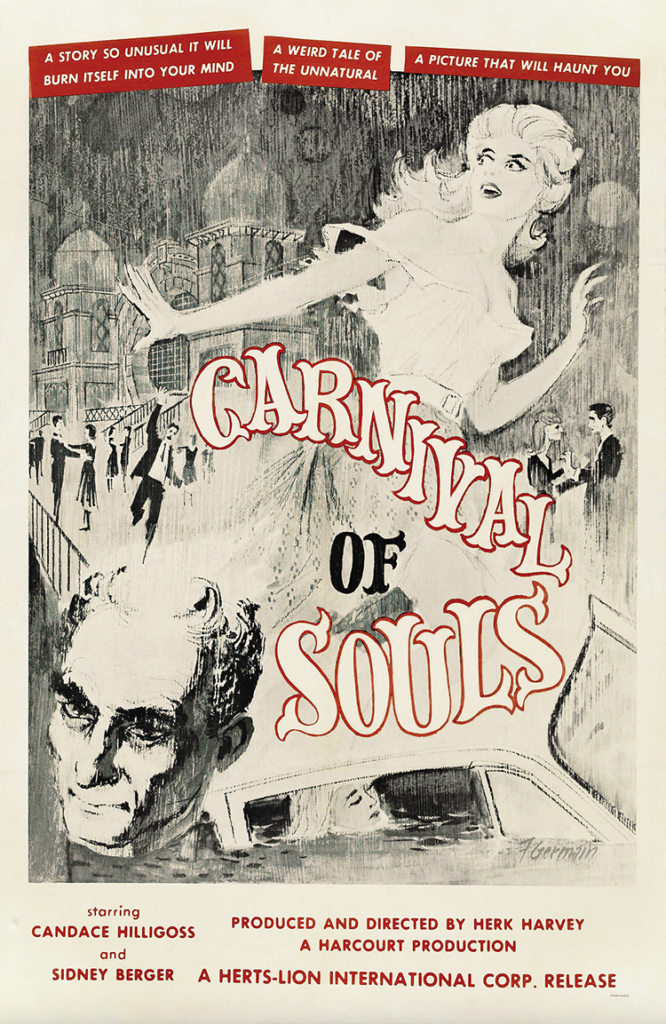Review: Enola Holmes 2
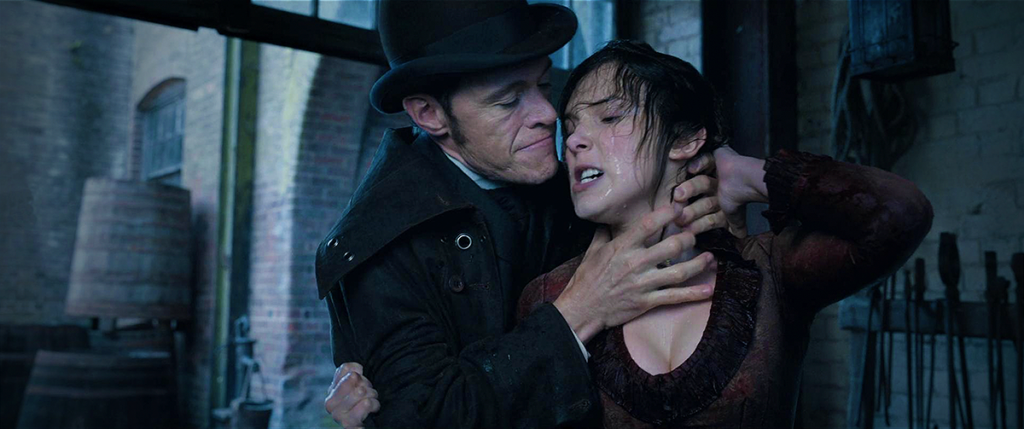
review | Enola Holmes 2
This strong followup to the Netflix offering about Sherlock Holmes’ smarter sister suggests the developing franchise might have some legs
by Roger Kanno
November 9, 2022
The rather unoriginally titled sequel Enola Holmes 2 is a breath of fresh air in the world of formulaic blockbusters that dominate the filmmaking industry. With a relatively modest budget but a strong cast and the same capable direction and screenwriting as the original, this second adaptation of the literary series demonstrates that the franchise may have staying power. Following up on the 2020 success of the original, Enola Holmes 2 has been available on Netflix since November 4.
The screenplay by Jack Thorne continues Enola’s (Millie Bobby Brown) story as she attempts to establish her own detective agency and emerge from the shadow or her famous brother, Sherlock (Henry Cavill). Starting a business as a young woman in the late Victorian era proves to be more difficult than she imagined. And through her investigations, she becomes involved with Sarah Chapman (Sarah Dodd), a historical figure and one of the leaders of the Matchgirls’ strike of 1888 that protested the dangerous working conditions in the Bryant and May match-making factory. The film takes on these heavier themes without becoming overly preachy and maintaining the lighthearted yet quick pace of the first film.
Much of the film’s charm can be attributed to Brown’s delightful yet nuanced portrayal of Enola. She’s a little older now but still finding her way in a whip-smart but endearing manner. And although she may lack experience at times, she is just as capable, if not more so, than her celebrated brother. Enola is an exceptional role model, and in many respects is a more formidable motion picture hero than many of those who fly through the air and battle space aliens or monsters from other dimensions.
Harry Bradbeer, who previously directed Phoebe Waller Bridge’s fabulous Fleabag television series, brings the same brisk and street-wise sensibility to this feature film. Enola similarly and slyly breaks the fourth wall and addresses the audience, which Brown handles superbly. Enola 2 also benefits from having the charismatic Cavill as the rather grim, but brilliant older Holmes sibling. And while his character doesn’t have as much to do nor is he as engaging as Enola, Cavill provides a sense of stability and measure that perfectly balances the relentless energy and optimism of his character’s sister. In contrast, their flighty mother, Eudoria Holmes is played perfectly by the vibrant Helena Bonham Carter. And even though her screen time is fairly limited, she makes the most of it to really bring her supporting character to life.
The movie is presented in a 2.39:1 aspect ratio, and looks extraordinarily film-like and pleasing. The lighting looks very natural if a little dark at times, but is befitting the setting in England during the late nineteenth century. Colors are understandably muted and outdoor scenes shot in historic areas of London suitably exhibit the grimy look the city was known for in that era. And while the Dolby Vision HDR picture doesn’t quite pop like it can, darkly lit scenes such as the inside of Sherlock’s apartment still display a high level of fine detail in the background of his many unkempt furnishings and other belongings. Some scenes are obviously enhanced with CGI, especially when recreating the extensive backdrops of the old city but are done so sparingly and tastefully.
The Dolby Atmos soundtrack is superb from the very first scene with enveloping music immediately setting an exciting tone, followed by a realistic piercing police whistle off in the distance. This quickly transitions to the sounds of Enola running through the streets of London with people, horses, and the general hustle and bustle of the city placed realistically around her. The music is especially skillfully integrated with the Foley effects, resulting in a marvelously immersive quality. During dreamlike flashback sequences, echoing voices swirl around the room with deep, ominous music filling all hemispheres of the soundfield to produce a very menacing effect. During the horse-carriage chase, the nature of the sound inside the carriage is quite quiet, with an immediate quality making dialogue very intelligible even though the conversation is at a normal speaking level and many sounds outside the carriage are also audible. The height and surround channels are used more often to create a sense of envelopment rather than for directional effects but the soundtrack is wholly satisfying and adds greatly to the cinematic experience of this film.
All told, Enola Holmes 2 features a solid story and some fine performances along with high production values. I wish more franchise films and films from streaming services were similarly as accomplished and still as thoroughly entertaining for the entire family.
Roger Kanno began his life-long interest in home cinema almost three decades ago with a collection of LaserDiscs and a Dolby Surround Pro Logic system. Since then, he has seen a lot of movies in his home theater but has an equal fascination with high-end stereo music systems. Roger writes for both Sound & Vision and the SoundStage! Network.
PICTURE | Enola Holmes 2 looks extraordinarily film-like and pleasing, and while the Dolby Vision HDR picture doesn’t pop as much as it could, darkly lit scenes still display a high level of fine detail
SOUND | The Atmos soundtrack is superb from the very first scene. The surround channels are used mostly to create a sense of envelopment rather than for directional effects, but the mix is wholly satisfying and adds greatly to the cinematic experience.
© 2025 Cineluxe LLC



